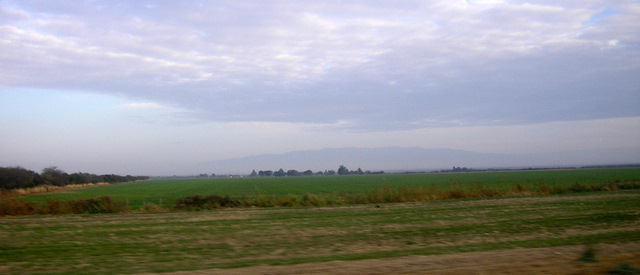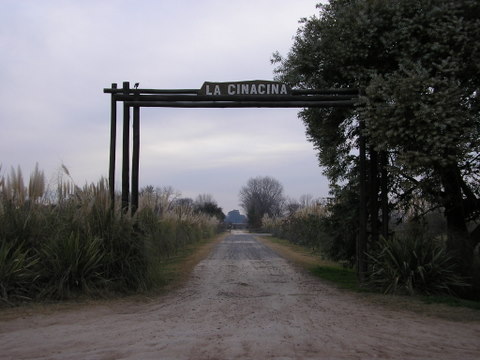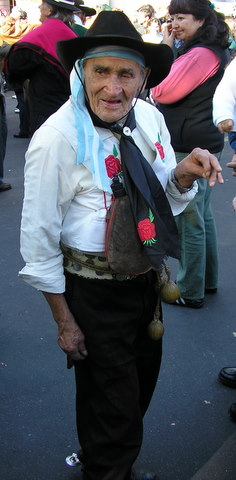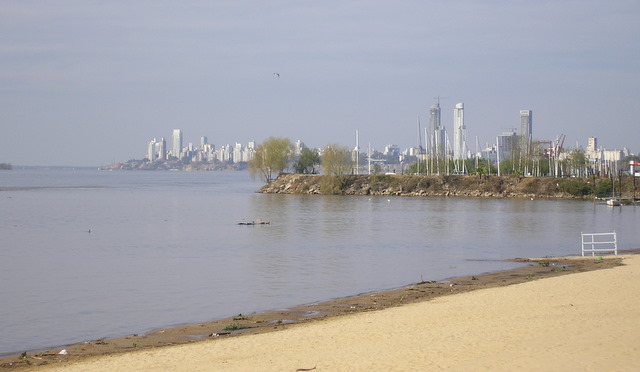|
The Northern PampasLand of Soy“The pampas are not the Argentine. They form, however, so predominant a part that they have shaped the men and the race by imposing on them their organization of agricultural labor and the exploitation of their natural resources” Georges Benjamin Clemenceau, (Premier of France, 1906-1909 and 1917-1920) The New York Times, 29 January 1911
Geographically, the Pampas is one immense great plain covering nearly 300,000 square miles of central and northern Argentina. Ecologically, it is divided into the southern wet pampas, dominated by cattle, and the northern dry pampas, dominated by large scale farming. For a tourist, the Pampas present an endless, flat grassland punctuated by small, nondescript towns and immense fenced estancias many still owned by families that are a “who’s who” of Argentine society. For the national culture, this is the heartland of gaucho romanticism. For finance, it is the agricultural engine that made Argentina wealthy and comprises the single most important sector of the economy. While cattle is still a major business in the Dry Pampas, rising world prices in the past decade for wheat and soy beans have fueled new energy for this region.
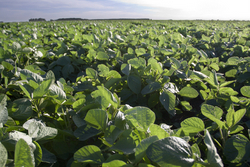
(soy bean field)
As befitting an immigrant nation, the Northern Pampas (Santa Fe Province) attracted its own unique settlers. In 1889, 824 Russian Jews, escaping persecution, arrived with few possessions. William Lowenthal, a Jewish Romanian, surveying the countryside for the Argentine government, discovered the settlers living at the end of the railroad subsisting on hand-outs from workers extending the line. Appalled, Lowenthal urgently appealed to the Baron Mauricio de Hirsch - financier and philanthropist. With an endowment of US$450 million Hirsch created the nonprofit Jewish Colonization Association. Between 1891 and 1932 the JCA purchased 1-1/4 million acres for Jewish settlement in Argentina. The Jewish Colonization Association gave each family a 200 acre homestead, a mortgage, a few cows, some chickens and, inadvertantly, an introduction to the gaucho. The Northern Pampas Basque/Spanish gauchos were nomads riding the plains, working herds of cattle. Fiercely independent, they wore black hats, wide belts, and always carried a well-sharpened knife. They say that some early Jewish settlers at first mistook the bearded gauchos for Rabbis on horseback. Ultimately it was the gauchos who taught the settlers how to survive.
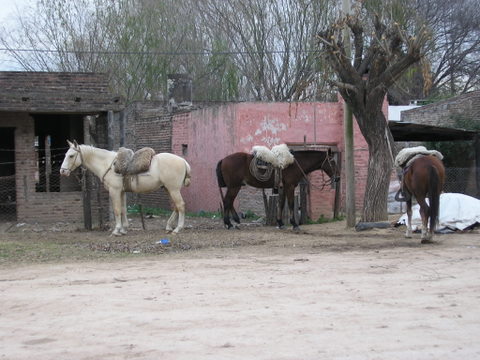
Eventually Yiddish-speaking Jewish Gauchos were playing guitars, sipping mate and strolling the village plazas in the Argentine colonies. Where there had been a wilderness the pioneers built schools and libraries, hospitals and theaters, synagogues and agricultural cooperatives. In the post World War II years, the younger generations migrated into Buenos Aires for educational and professional opportunities. Today the Jewish community in the capital is nearly 250,000. But there is a lament on the loss of the old rural ways, "We planted wheat, and grew doctors." The Rio Parana separates Argentine Mesopotamia from the Dry Pampas but a visitor would hardly call the hot, humid climate that pervades the cities on the western bank dry. Argentina’s third largest city, Rosario, is a gem and little visited by foreign tourists but that will soon change. TripAdvisor.com awarded Rosario a Travelers' Choice 2010 Award.
(Rio Parana and Rosario)
You can view a map of Sante Fe province at:
maps of Argentine provinces
|
